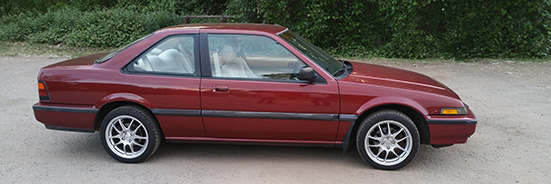Got the 1.8 from the machine shop and getting ready for reassembly. I have read that you should use some sort of non hardening gasket sealant were the front and rear main bearing caps meet the engine block. Any suggestions as to brand of gasket sealant? We bought Permatex Tack and Seal Item 80938. White. Is this ok?
We purchased STA LUBE to coat bearing surfaces. Since the block was tanked or whatever its now bare metal. We got Duplicolor Semi gloss black but noticed that it calls for a primer. Has anyone had experience repainting a block?
Will a 2.0 head gasket fit a 1.8 thats been bored .40 over ? Bought the gasket set before realizing it was not a 2.0. The company I purchased the from on Ebay stated they checked with their tech guy and claimed it would.
Lastly.. Does a block thats decked affect the head bolt length or is it too insignigicant? Forgot to ask the shop... Any hints appreciated...



 Reply With Quote
Reply With Quote






Bookmarks